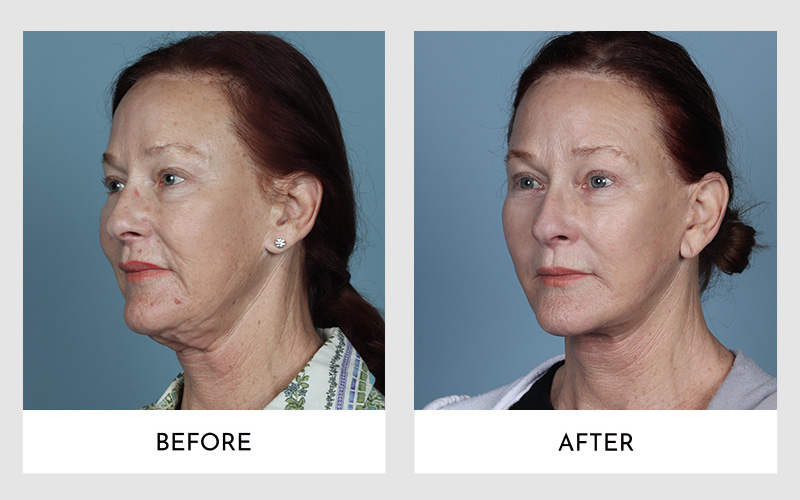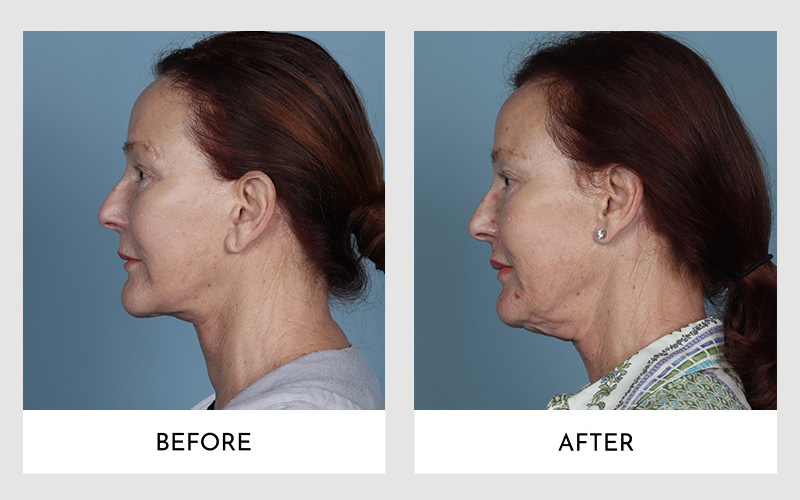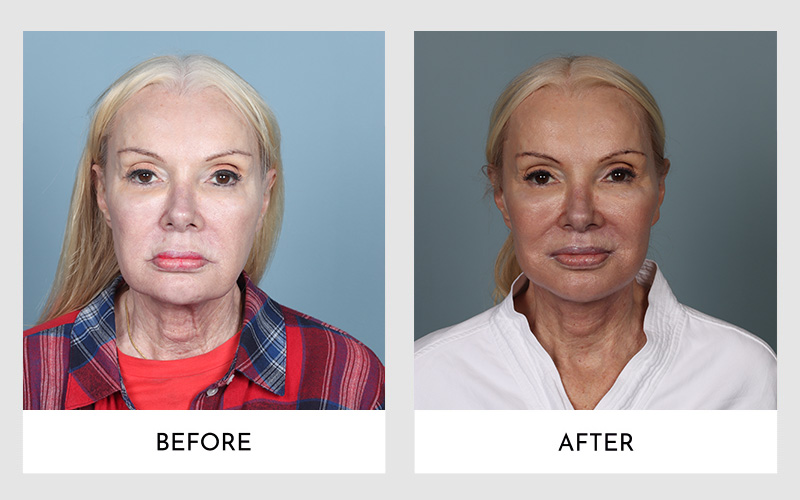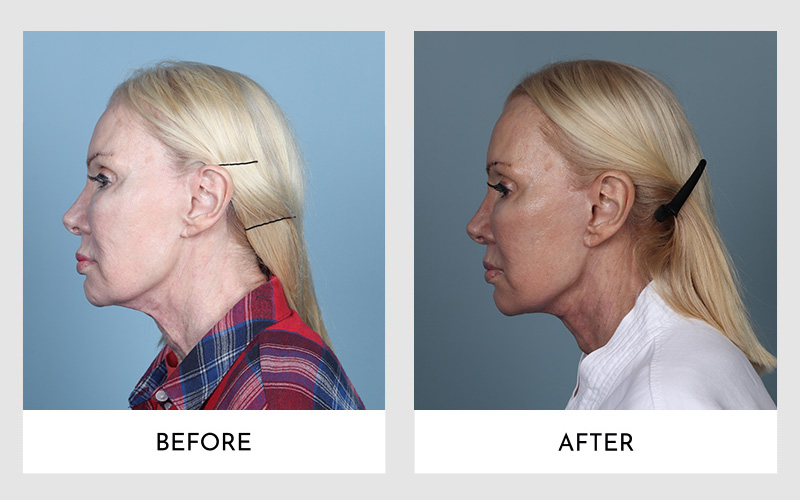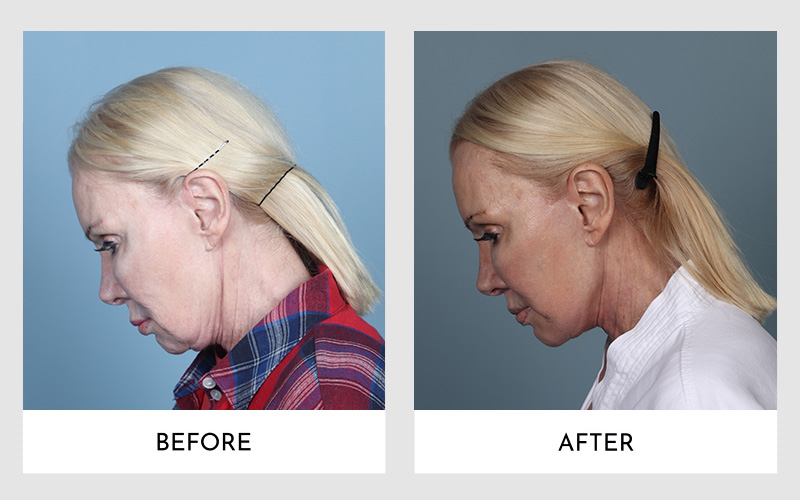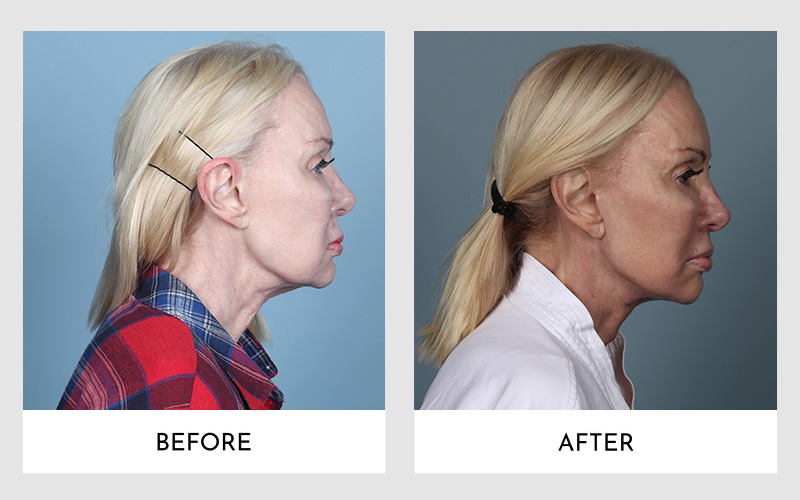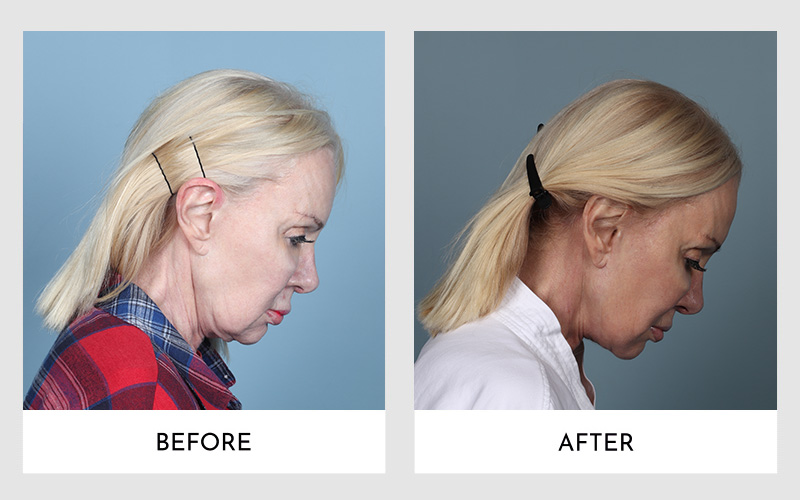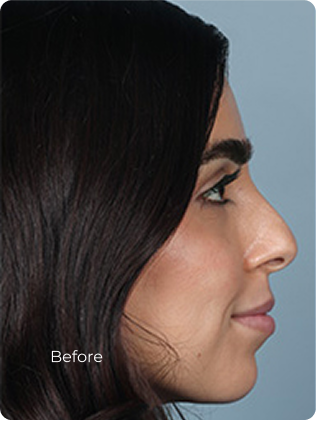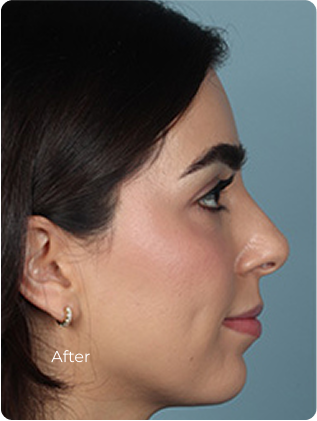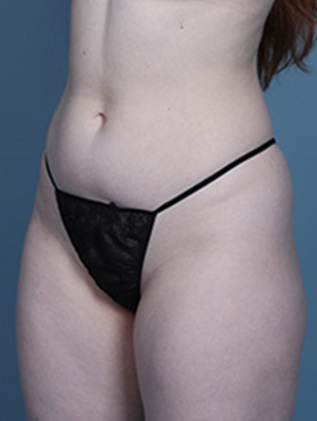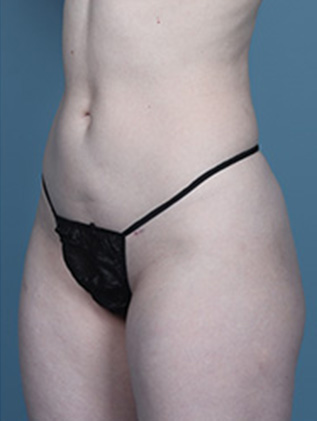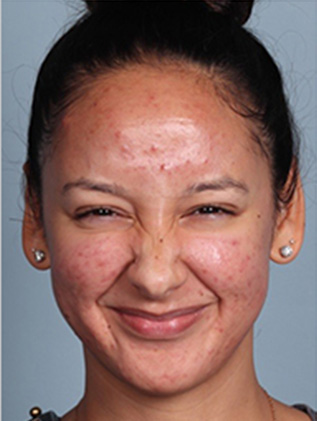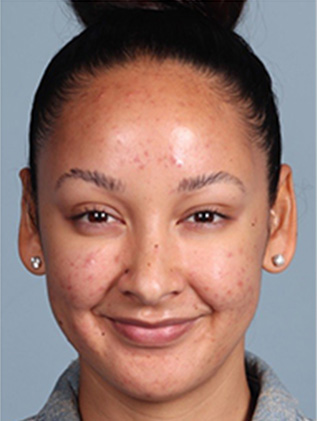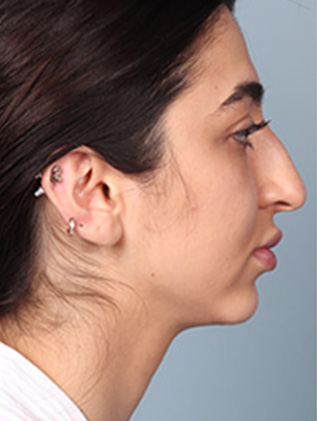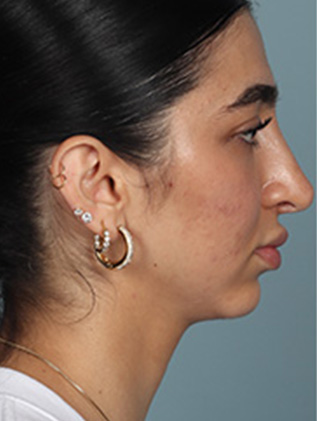Secondary Facelift Surgery is a procedure for individuals who have previously undergone a facelift. The results of the initial facelift typically last 7-12 years, varying based on factors like skin type and lifestyle. The growing popularity of facelift procedures has led to more people choosing traditional and mini facelifts at younger ages, increasing the demand for secondary facelift surgery.
After the initial facelift, the natural aging process continues, leading to the reappearance of wrinkles and lines. This recurrence can reduce satisfaction with the initial results, prompting some individuals to seek a refresh.
Deciding on a secondary facelift is a personal choice influenced by various individual factors. Here are recommendations and considerations to ensure that any subsequent procedure aligns with the patient’s aesthetic goals, considering the unique recovery process and longevity of results.
Preparing for Secondary Facelift Surgery: SMAS or Deep Plane Surgery
Preparing for a secondary facelift, specifically the SMAS (Superficial Musculoaponeurotic System) or deep plane surgery, involves several important steps. First, it is crucial to have a detailed consultation with your plastic surgeon to discuss your previous surgery and the specific goals for this procedure. Your surgeon will evaluate the condition of your facial tissues and determine the best surgical approach to address signs of aging while considering the changes from your first facelift.
You’ll also need to follow pre-operative instructions closely, which may include ceasing certain medications, arranging for post-surgery care, and quitting smoking to ensure optimal healing. Additionally, setting realistic expectations and understanding the potential risks and recovery timeline associated with a secondary SMAS or deep plane facelift are key components of your preparation. This thorough preparation helps to enhance the safety and effectiveness of the procedure, aiming for a smoother recovery and improved results.
How will the Secondary Facelift Differ from the Initial Facelift?
A secondary facelift is generally more complex than a primary facelift due to factors like scar tissue and reduced skin elasticity. However, with proper planning, the results can be highly satisfactory. The technique used in the initial facelift plays a crucial role; ideally, existing incision sites are reused to minimize additional scarring. If the initial incisions were not optimal, new incisions may be necessary to achieve the best results and healing. Candidates for secondary facelifts usually show signs of aging such as sagging skin and volume loss, often due to bone loss, fat atrophy, and skin atrophy, which contribute to wrinkles and sagging across various facial areas.
Signs that You Need a Secondary Facelift.
When it comes to secondary facelift surgeries, there is no one-size-fits-all guideline. Each person’s aging process is unique, and mainly determined by factors such as genetics, lifestyle, and expectations. While some people may enjoy the results of their primary surgery for years, others may be unhappy with the outcome and opt for a revision operation to correct any distortion.
The decision to undergo a secondary facelift should primarily be driven by your desire to feel better and boost your confidence, which can be achieved through a consultation with a professional surgeon. Here are some signs that you may need to consider a consultation.
– Jowls have become visible again: A facelift is the only procedure that can correct moderate to severe jowls. To effectively address jowls and combat the effects of gravity, a deep plane facelift is considered the most effective method.
If fillers and Botox aren’t delivering the desired results, it’s worth considering a secondary surgery. While these treatments can maintain initial surgical results, they may not offer the longevity that a secondary procedure can provide. Any cosmetic intervention aims to achieve satisfying, enduring, and natural-looking outcomes, ensuring patient satisfaction. Those in need of a facelift deserve comprehensive treatment that delivers the desired results rather than short-lived benefits or minimal outcomes.
What is the Recovery Process Like?
The recovery process for a deep plane facelift can vary depending on the specific procedure performed. Generally, there is little difference in recovery time between a primary facelift and any subsequent revisions. Many patients report greater comfort during recovery from revision facelifts, as they are more familiar with the process and may experience less tension in the skin.
For a closer look at the impressive changes facelifts can offer, check out our detailed gallery and insights in “What Does a Facelift Before and After Look Like?”. See the transformations for yourself!

